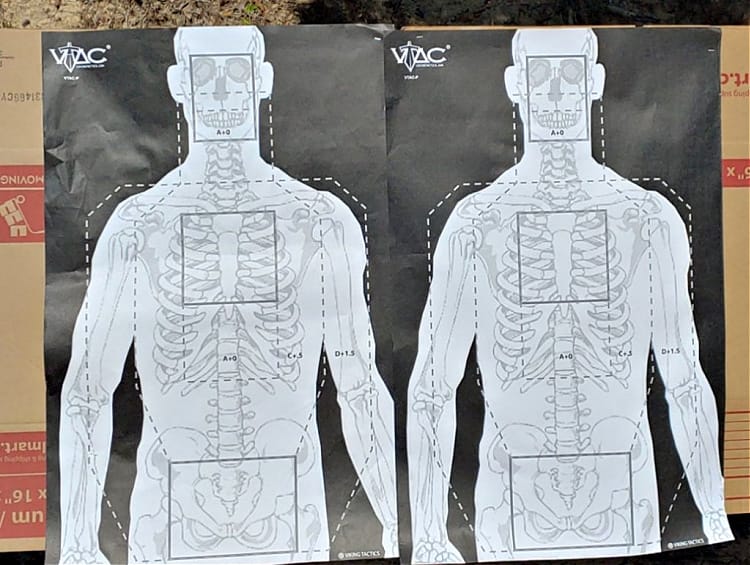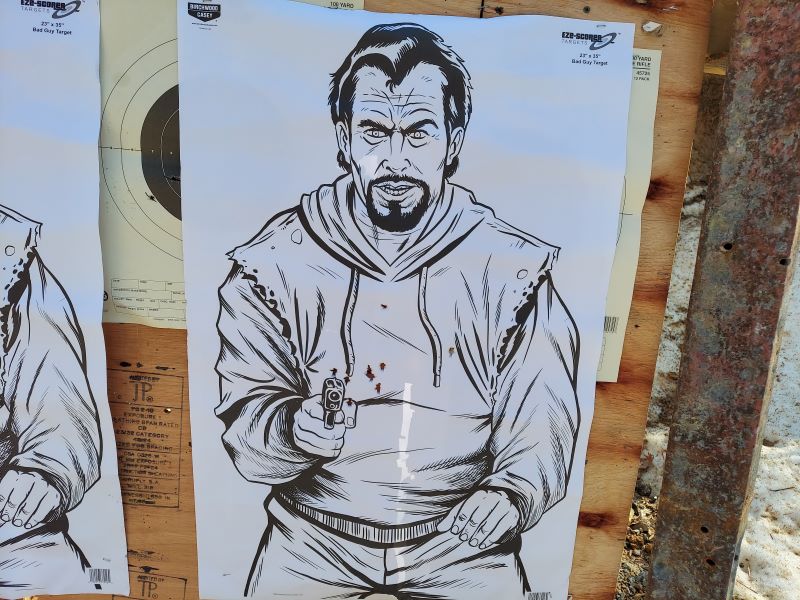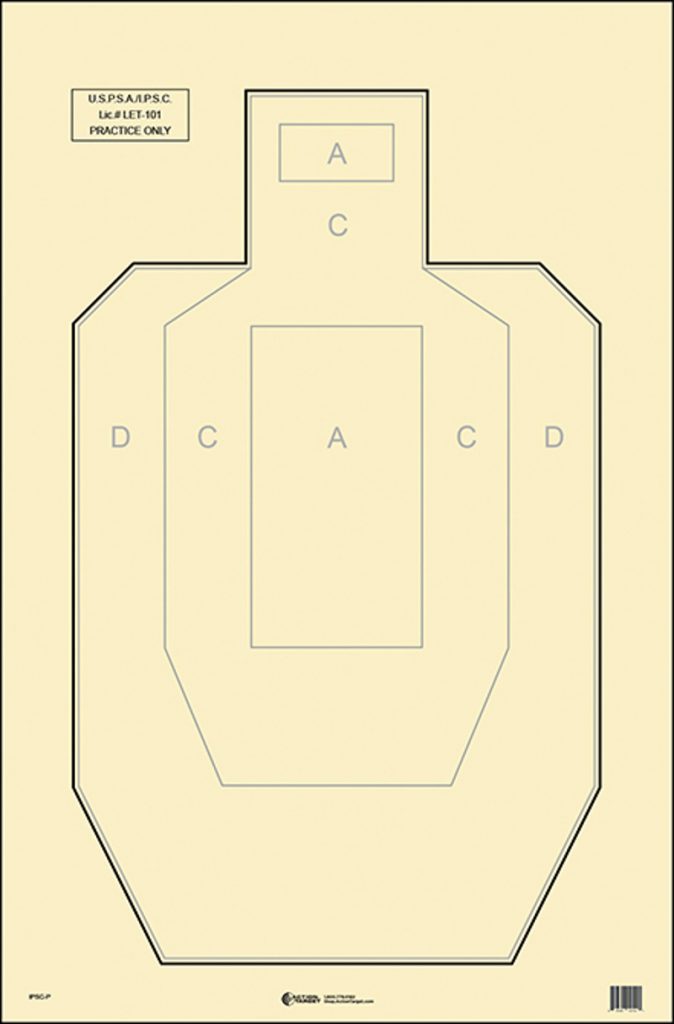The good old internet is a great resource. It can provide both the totality of human knowledge and infinite pictures of cats. The internet also makes it easy to pass along information, and sometimes that information isn’t always accurate or might not be portrayed accurately. This happens a lot in the gun world, and today we are going to break down and dissect the idea of the pelvic shot.
Pelvic shots are exactly what they sound like. You shoot at someone and aim at the area between the top of their legs and the belly button. Pelvic shots are often used in close-quarter’s shootings and have become a part of the CQB dichotomy, especially in the military. That’s led to a lot of missing contexts when it comes to pelvic shots and a general misunderstanding.
There seems to be this belief that a pelvic shot is akin to a lightning bolt thrown by Zeus—that it will instantly stop a threat and is dang near akin to a headshot. It doesn’t matter what the gun or situation is, a pelvic shot will solve the problem. That’s not exactly true, but that doesn’t mean pelvic shots are useless. Let’s discuss, dissect, and figure out where the pelvic shot sits in your Use-of-Force continuum.
The Origin of the Pelvic Shot
The first time I ever heard of the pelvic shot was in the School of Infantry East while training to be an infantryman. We walked through it often, and the lessons revolving around pelvic shots were always reinforced. It was never a primary option but a secondary choice in certain situations.
The main reason we learned pelvic shots was for armored opponents. If the bad guy is wearing a vest and maybe even a helmet, then you are limited in effective shot placement. If the bad guy has a plate carrier, a headshot is an option, but that can be a difficult shot to take. The pelvis is a bigger target that’s easier to hit and can have an immediate effect on the threat.

A second additional purpose we were taught was to take pelvis shots if you found yourself in a crowded urban situation. Bullets zip through people sometimes, and in a crowded environment, that bullet could pass through the body and harm someone else.
Aiming at the pelvis helps reduce the risk of the bullet over-penetrating and harming another person. If you aim at a downward angle at a threat’s pelvis and the round over penetrates, it’s more likely to hit the ground.
So why is the pelvis the chosen target?
Why is it effective?
Why are pelvis shots taught when facing an armored opponent? This is another misunderstood part of the pelvic shot dynamics. There are a few common answers fluttering around the internet, and those ideas are also misunderstood.
Blood loss?
Blood loss is one of the big reasons people advocate for shooting the pelvis. Anyone who has watched “Black Hawk Down” knows that the femoral artery is in the leg and if hit, people will die. In fact, there is a lot more than just the femoral artery in the pelvis region. That is very true, but how will that affect the next five seconds of your gunfight?
Blood loss can stop a threat…eventually. However, for the next five, 10, or even 15 seconds, your threat can keep fighting and keep shooting, stabbing, and causing you to have a very bad day. While it can work, it won’t always work instantly. Also, these arteries are small, and hitting one isn’t guaranteed.
Bone breakage?
A bullet will smash a pelvis into tons of pieces and stop the fight! That’s another reason the pelvis shot is often touted. A bullet might crack a pelvis or break it, but not all bullets are equal. This is very unlikely to happen with a handgun round. A rifle does a good bit more damage, but even if it broke the pelvis, you are relying on a psychological pain stop or a mobility kill.
That doesn’t immediately end the fight.

Why it’s chosen?
The real reason why we shoot the pelvis is that it’s a big target that’s not armored. It’s easy to hit, even when the threat is moving. It’s also more efficient than trying to get arms or legs with bullets. The thing is, the pelvic shot doesn’t necessarily end the fight. It’s a specialized technique that deals with special situations.
In these situations, the pelvic shot might not end the fight, but all the rounds fired after it likely will.
Hearts and Minds
At the end of the day, the head and chest are still the best shots to take to end the fight. They offer the better potential to stop the threat immediately. Remember that as you train and envision a self-defense scenario. That doesn’t mean you shouldn’t keep the pelvic shot in your toolbox.
I advise you to train to take pelvic shots. In fact, pelvic shots pair well with failure drills. Mix them in with your practice, and instead of firing two to the chest and one to the head, try two to the chest and one to the pelvis.

The pelvic shot is a niche tactic you can use in certain situations to stop the threat. Body armor is more and more common these days. The affordability and availability of steel armor and armor imported from China make armor a reality you might face. It’s very unlikely but possible.
Although, what’s more common than armor is having to take a secure shot at a threat in a crowded event. You’re responsible for every shot you take, and that doesn’t disappear because your life is in danger. A good pelvic shot might be the best way to put lead into the threat.
Staying Alive
Hopefully, we’ve broken down the pelvic shot and examined the highs, the lows, and the whys. If not, feel free to ask more questions below. As always, remember to train often, train hard, and train to be a versatile, hard-to-kill individual.

